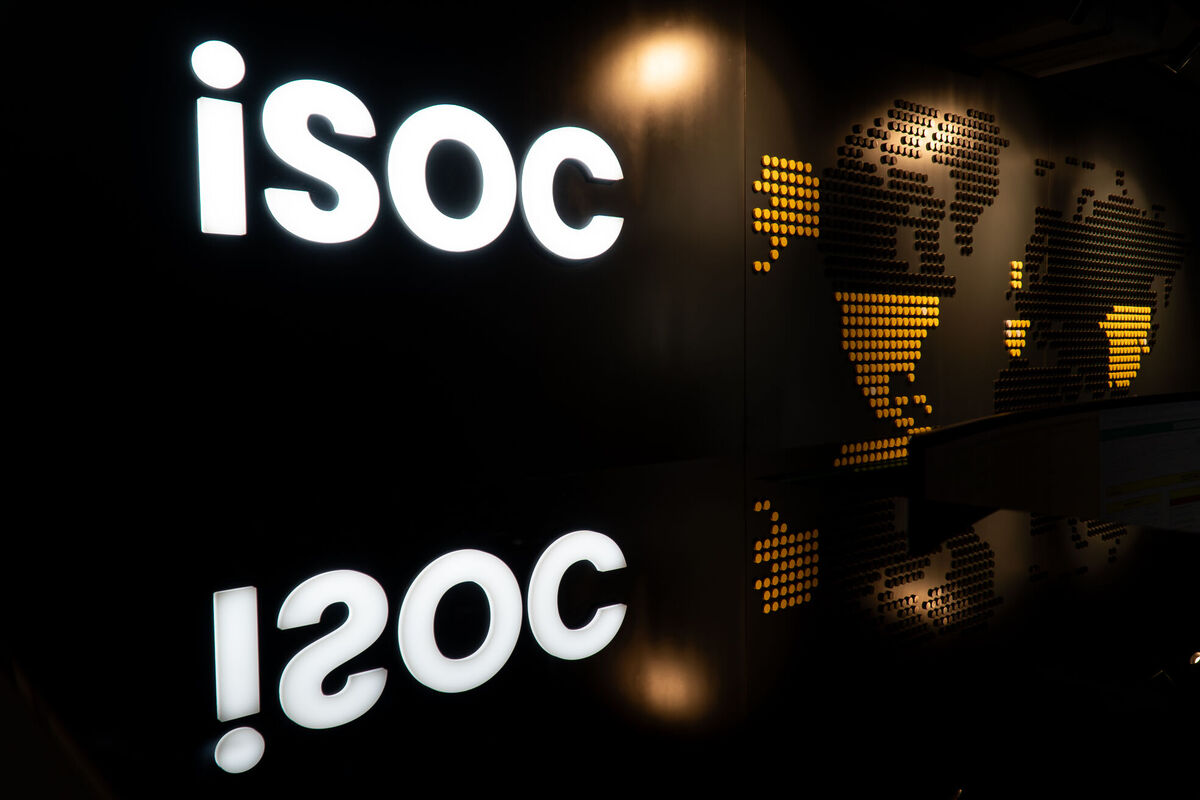A security success story: iSOC’s intelligent integration
Businesses and society in general are increasingly looking for advanced private security services. In an industry that demands extensive technical expertise, flawless leadership and an outstanding capacity for innovation in R&D&I, there is a pressing need for disruptive and digitized Intelligent Security Operations Centers (iSOC), in line with today's 5.0 era.
%20(2).jpg)
Table of contents:
The 1990s saw the arrival of the Internet into our homes, along with the first floppy disk computers, capable of storing up to 1.4 megabytes. This was a time when the use of cell phones, and even carphones, exploded. At the same time, new demographic and political conflicts were appearing. The United States was the victim of one of the worst terrorist attacks in its history, first after a homemade bomb exploded in an underground carpark in the Twin Towers in New York, heralding a wave of attacks that would culminate on September 11, 2001. In addition, 1990 saw the outbreak of the Gulf War, the end of the Cold War and the collapse of the Soviet Union. These events were a wake-up call for security forces around the world, who began preparing at the national and international levels.
This period also marked the beginning of a multi-level transformation for the security sector. In the midst of this inevitable evolution, the first Network Operations Centers (NOCs) appeared, associated with the control of communications and malicious code, reflecting the growth of computer networks and digital assets. While their use was initially linked to the public domain in conflict zones, thanks to the viewing of physical incidents through locally installed cameras, these centers soon became essential for large corporations and financial institutions to detect and respond to a variety of threats.
.webp)
FORWARD-LOOKING FUTURE ORIENTATION
By 2000, the effectiveness of NOCs led to the incorporation of new technological tools and innovative detection systems, as well as the creation of security alerts and incident response protocols, which in turn saw a new model emerge in the security field: Security Operations Centers (SOCs). These focused on intrusion detection and the management of alerts and response protocols, achieving a more effective integration of Control Centers and improving their ability to react to incidents.
By 2010, Prosegur had expanded its horizons. "We began to offer remote security services beyond alarm signal management. Through our experience of video surveillance for retail clients we began to analyze and contextualize processes, both of the client and of our security services, providing added value through remote security, process control, as well as loading and unloading supervision," explains Fernando Berzal, global manager of iSOC at Prosegur. "This approach allowed us to increase our portfolio of services and the number of SOCs worldwide.”
Berzal says that within this new paradigm, and faced with a scenario of multiple actors and potential threats, Prosegur took a leading role in the implementation of the SOC model: "The objective was to set ourselves apart in the security market by providing remote services using technology. We realized the opportunity to combine technology and people in our comprehensive solutions through a connecting element such as the SOC. This strategy is a differentiating factor, for example, in the United States, where companies tend to specialize in surveillance or technology services, but at Prosegur, we propose solutions that integrate both aspects and centralized in our SOC. Success stories like this are what prompted us to launch our network of iSOCs last year.”
We began to offer remote security services beyond alarm signal management. Through our experience of video surveillance for retail clients we began to analyze and contextualize processes, both of the client and of our security services, providing added value through remote security, process control, as well as loading and unloading supervision.
The development of advanced protocols, the training of security teams and systems, and the development of mass notification channels were key steps in this unprecedented change. SOCs became a crucial part of vulnerability analysis, incident investigation and forensic analysis, and were used to gather evidence and prevent future threats. They became interconnected hubs capable of protecting all of an organization's core and critical systems at multiple levels.
This significant and cutting-edge progress has put security systems one step ahead of risks and threats that have become more complex and hybrid over time. Over the course of this decade, cybersecurity has emerged as a key complement to physical security, incorporating technological innovation, proactivity, monitoring of multiple sources of information in real time, cloud security and scalability. In this breeding ground technological developments and digitization flourish, with security operations becoming increasingly dependent on advanced technological solutions.
THE UNSTOPPABLE RISE OF HYBRID SECURITY
With the arrival of the new millennium, Prosegur had begun its transition towards more proactive security, based on intelligent, rapid-response systems. This change, initiated in the previous decade, highlighted the need for smart management infrastructures. Traditional SOCs, focused on reacting and alerting to specific incidents, evolved into the current iSOC model. Manuel Rodríguez-Reguero, Global Director of Technology at Prosegur Security, describes the iSOC as "a security and crisis management nerve center, which integrates the latest advanced technologies, intelligence and data analysis, to address the current threats of our customers in a comprehensive manner and enabling a real-time response to any incident.”
%20(1).webp)
This security vision is based on sophisticated operational strategies in the iSOC, which José María Blanco Navarro, director of Prosegur Research, describes as comparable to human reasoning. “The iSOC is the brain of the Hybrid Security system, where the knowledge and experience of our experts are enhanced by advanced technologies and the intelligent use of data." This is what has allowed Prosegur to move from reactive security models to preventive and anticipatory approaches.
The iSOC provides a rapid, accurate understanding of what is happening in the world by anticipating events so as to improve the effectiveness of responses. Its highly complex process increasingly resembles human reasoning. The Hybrid Security model is applied daily at iSOC through skilled personnel, advanced technology and customer data, focused on their protection. Little wonder it is considered "the security brain", given its ability to receive, process and analyze information, offering innovative and effective security solutions.
OPTIMIZING AND PROTECTING BY IMPLEMENTING CYBERSECURITY
In order to understand where the industry is heading, and how to face future challenges, Prosegur has focused on "humanizing" the technology that surrounds us. Since its founding more than 47 years ago, Prosegur has demonstrated its transformative potential by synthesizing all the knowledge that converges in its activities. It has therefore prioritized cybersecurity as an essential layer in each of its iSOCs, differentiating between physical and logical security. As Berzal points out: "all iSOCs have globally uniform physical security measures, following the strictest regulations in the market, ensuring the confidentiality of our clients' data."
Logically, this involves shielding the security of the iSOCs' networks and environments or infrastructures, explains Berzal: "We do this through Cipher, our associate partner, which provides us with protection services, as well as analysis of how well our infrastructure is protected." In addition, "we have developed our own technologies such as POPS, GENZAI and CONNECT, which are a fundamental part of the capture and processing of data, as well as in their visualization and reporting."
%20(1).webp)
Prosegur continues to innovate in the security sector, establishing standards that are now an indispensable part of any security system. More than 30% of its solutions are Hybrid Security, seeking distinctive, innovative and increasingly efficient products. José María Blanco Navarro says that following the projections of the World Economic Forum, Prosegur "will focus on combining thinking skills and digital and technological capabilities." Manuel Rodríguez-Reguero concludes: “Our goal is to continue exploring all possibilities that allow us to offer better solutions to our clients, based on two cross-cutting principles and making efficient use of data to personalize our products and services.”
In short, the future will belong to those organizations that have expert professionals, empowered by technology and capable of taking advantage of the intelligent use of data. And to this end, the iSOC will play a fundamental role.

%20(1).jpg)

.webp)

